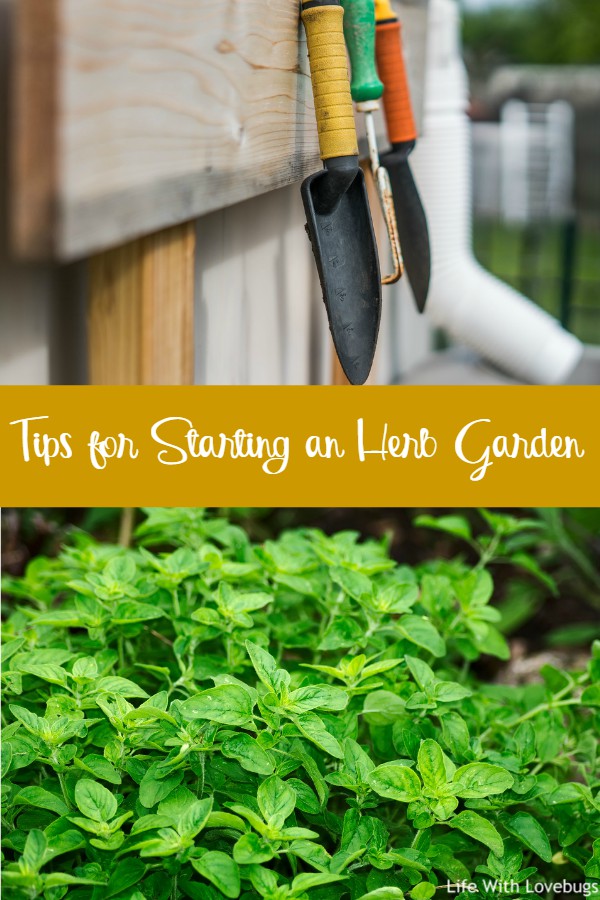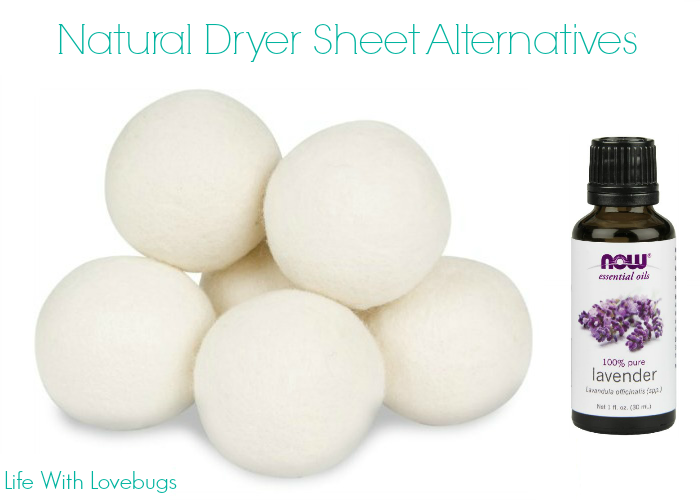Tips for Starting an Herb Garden

Starting an herb garden can be easy once you learn the basics. I am not an expert gardener, but I have been growing herbs to use in my kitchen for a few years now. I love the taste and flavor of fresh herbs used in cooking! If you have a surplus of herbs you can also dry them for future use when your garden is not blooming. In today’s post you will learn how to find the right herbs to plant, where you should plant them, watering and harvesting tips, and some basics of what to do with your herbs.
Choose Where to Plant Your Herbs
There are two ways to grow herbs; you can start them as a seed or get an herb plant. As a beginner, you will want to start with the plant option. If you are planning on growing herbs outside in your garden, make sure you have chosen an area with plenty of direct sunlight and soil that is in good condition with proper drainage. If starting from seeds, they must be planted with enough space between them. For dill, parsley, cilantro, and chives, aim for about a foot between each plant. Basil, tarragon, and thyme need approximately 2 feet, while you want 3-4 feet with mint, oregano, sage, and rosemary.
Most herbs will grow good in sunlight, but not all of them grow good indoors, in containers, or in the shade. If your only option is to grow your herbs in containers on the patio where there is more shade than direct sunlight, then you should only be going with herbs that are good in the shade. This includes parsley, thyme, chives, and mint. Then there are some herbs that grow best in dry soil, like rosemary, so don’t try to plant them in a moist area of the yard.
Herbs That Are Good For Beginners
You might want herbs like mint and marjoram, but these aren’t the best when you are brand new to growing herbs. However, there is a long list of herbs to use for cooking and health purposes that are really easy to grow, many of which you can even grow in containers or in the shade. Some herbs that are good for cooking and easy for beginners are basil, dill, sage, tarragon, and oregano. Other herbs to consider are rosemary, lavender, thyme, chives, and parsley.
Plants Herbs You Use Often
Planting just any variety of herbs is fine, but if you want your garden to be useful then it’s best to plan out which herbs to choose. Think about which herbs you use most in your weekly meals. This often includes common cooking herbs, such as basil and rosemary. You can also decide on highly aromatic herbs if you just want your garden to smell good, such as lavender and sage. You can start small and gradually add more herbs to the garden when you feel more comfortable with the process, or if you find that other herbs would be more useful to you.
Maintaining the Herbs
Herbs can be left in your yard for quite a long time, but that doesn’t mean you just leave them alone and let them grow. Herbs need to be kept pruned and trimmed on a regular basis, so check them every few days to see the growth. Pruning herbs is simply removing the overgrowth and getting rid of dead or diseased stems and leaves. Sometimes, you will prune just by removing leaves that you intend to use for cooking or medicinal purposes, leaving the rest on the plant. If you don’t need them for a while, trim the herbs and dry them so you can preserve them in jars.
In addition to pruning, be sure to water your herbs on a regular basis. Instead of just watering at the same time each week or every couple weeks, you need to check the soil often to determine when you need to water them. When the soil feels dry even a couple inches below the surface, you know it is time to water.
Using Insecticides
You should never, under any circumstances, use chemicals on herbs intended for cooking! Many herbs are used to cook or bake with, top salads and soups, and even mix into smoothies or juice. If it is something you intend to ingest, never use any type of insecticide or chemicals on the plants.
The links below are affiliate links. For more information, please view our Disclosure page.



